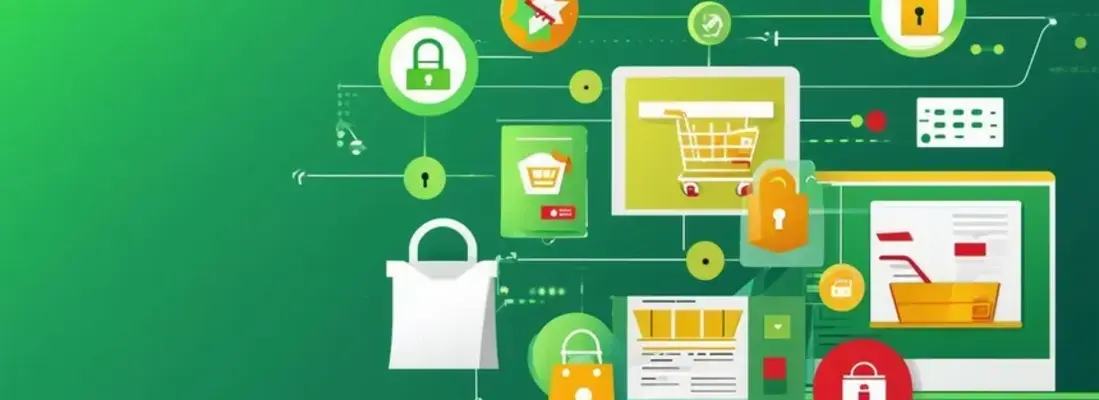Is Your Business Protecting Its Data From Cloud Malware?
Date: 11 February 2025

Few things are as scary or potentially costly quite like malware. You spend hours training your team on the best cybersecurity practices. They know opening spam emails is a big no-no and to avoid risky internet sites. You’ve covered the basics for your onsite infrastructure but what about the cloud?
Relying solely on your cloud service provider’s security protocols isn’t a great idea. A better method is using some essential strategies for protecting data from cloud malware. After all, it’s your business on the hook if cloud malware gets into your systems.
What is Cloud Malware?
All ransomware, whether it’s attacking a physical or virtual server, is about the same. You end up with malicious software chasing down your cloud assets. Yep, the malware usually wins. The malware can shut down your systems and freeze data access. Anything from the cloud infrastructure to your SaaS apps can fall victim to malware.
If you ever want to get access back, you’re probably going to end up paying a ransom fee to have the malware removed. Essentially, you’re paying kidnappers to get your data back.
Malware attacks also aren’t going away. Ransomware is actually gaining in popularity with hackers. In 2023, malware cost businesses around $59.6 million according to the FBI. Along with corrupting data and disrupting operations, malware breaches can also ruin your brand’s reputation. Sometimes, it’s impossible to ever fully recover from a malware attack.
Preventing Cloud Malware Attacks
With malware attacks on the rise, this isn’t the time to sit back. Sure, your cybersecurity protocols may rival those of Fort Knox but don’t start congratulating yourself just yet. Preventing malware attacks in the cloud isn’t a one-time thing. Cybersecurity is continual and needs constant updating.
Review Your Backup and Disaster Recovery Plans
If you’re not backing up your data constantly, and we mean more than once a day, your disaster recovery plan (DRP) has some gaps. Cloud malware attacks can happen at any time. This means, malware can infect the cloud in the middle of a project. You can’t meet the deadline without the data. Since you’re not backing up the data, it’s basically lost. Sometimes, non-backed data isn’t even recoverable after paying the ransom.
Okay, now that we’ve scared you into regularly backing up your data, read through the rest of the DRP. Go ahead and run drills. The more your team practices, the better prepared they are to respond to a malware attack. Don’t forget about automating your data backups. This way, you don’t have to worry about forgetting this crucial step.
Multi-Factor Authentication is the Way to Go
Sure, it’s time-consuming. Setting up multi-factor authentication (MFA) isn’t exactly a quick process but it’s not too difficult. Before you scoff and point to your super-strong passwords, here’s a sobering statistic. Microsoft reports an estimated 99.2% of cloud malware attacks are preventable with MFA.
You can keep your passwords. However, just add a few more layers of security. You can even use different permissions for in-office, remote, and field staff. To help ensure your MFA is keeping malware away, update and/or change it every few months.
Monitoring is a Full-Time Job
Did you know on average, it takes around 204 days to figure out a malware attack occurred? Obviously, this only applies when data and/or systems aren’t being held for ransom. Some types of malware can lurk in the cloud, casually browsing through your business data. Just imagine the damage it can do if consumers learn you ignored a security breach for months. Will anyone ever trust your business with their information again?
Cybersecurity is a 24/7 job. Yep, it’s expensive if you rely on your IT team. While you can’t get rid of human monitoring, nor should you, it’s possible to automate some tasks. You can also partner with a security service provider. Security as a service is noticeably cheaper than bringing on additional IT personnel.
Encrypt Your Data in the Cloud
2023 was a banner year for cloud malware and cyber attacks. Even the US Department of Transportation saw hackers comprise the personal information of about 237 thousand employees. This alone should highlight how important encryption is for cloud data security.
Okay, your data’s finally encrypted. Take a minute to pat yourself on the back and get back to work. You should plan on securing and frequently rotating your keys. If a key is breached, so is the encryption. Something to consider that’s also worth the added expense is partnering with a cloud service provider who encrypts everything on their end.
Don’t Stop Training Your Staff
We’re definitely not saying anything against your team. However, human error is the most common reason malware attacks are successful. If your team doesn’t have the slightest idea of what to watch for, something is going to slip by.
Phishing and social engineering training is crucial. Try creating some phishing attack scenarios and have your employees act out how they’ll respond. Don’t be surprised if you notice a bit of panic and confusion. This is why you’re running the simulations. The more your team practices, the better prepared they are to respond to a cloud malware attack.
Let AI Shoulder Some of the Load
AI and machine learning are two very powerful tools you shouldn’t ignore. AI can shift through tons of data, searching for patterns that may indicate malware or a gap in your cyber security. Machine learning can be taught to recognise threats. You can also use machine learning to automate some tasks. Be careful you don’t become too reliant on AI or machine learning. Your staff is just as critical when it comes to threat detection.
Your Data Can Stay Safe in the Cloud
Yes, cloud malware attacks happen. Even US government departments aren’t safe from cyber security attacks. So, go ahead and panic for a minute. Now, take a deep breath and start implementing protocols that will keep your data and systems safe, whether it’s a physical or virtual environment.







